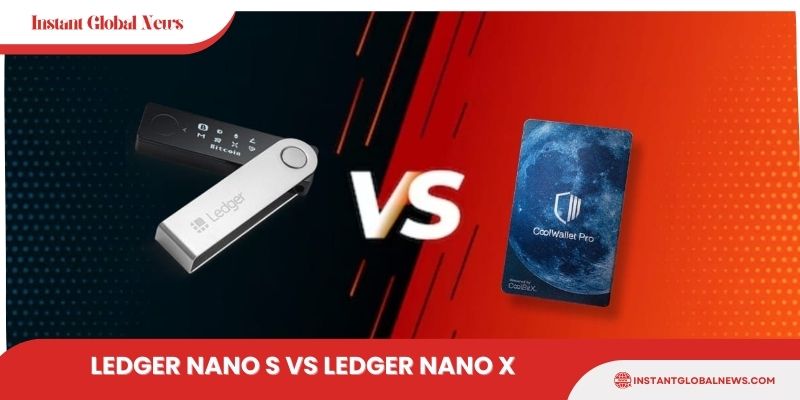
If the term “wearable technology” is not familiar to you, it soon will be. This emerging trend is expected to rock the world this year, just like any other technology. While wearables may seem expensive and inaccessible to ordinary consumers, their popularity is rapidly growing.
Sales figures have skyrocketed from 3.1 million in 2011 to 8.3 million in 2012. It is estimated that in 18 months, wearable technology will be as common as smartphones. The fashion industry plays a crucial role in driving this trend, as fashionistas start embracing these tech-infused garments and creating a craze around them.
Initially, wearable technology was seen as something out of a science fiction movie. But recent advancements have led to the development of sleek and compact devices that merge seamlessly with mainstream clothing. While most wearable tech currently focuses on tracking and monitoring health data, experts believe there is untapped potential for fashion industry integration.
According to surveys, 52 percent of consumers are interested in fitness wearables, while 46 percent show interest in smart glasses. However, mass-market adoption of fashion tech products requires more consumer involvement. Design is a critical factor, and brands need to create innovative garments with appealing aesthetics. Additionally, incorporating sustainable stories behind these products can increase consumer engagement.
Wearable technology has already made a significant impact in the fashion industry. Let’s explore some of the ways it is revolutionizing fashion:
Fashionable Tech Accessories

From smartwatches to bracelets and necklaces, fashionable tech accessories have taken the fashion game to the next level. Besides enhancing the fashion statement, these accessories perform various tasks such as syncing with smartphones, tracking activities like heart rates and sleep patterns, acting as air purifiers, and even serving as selfie buttons. They are available in a wide range of materials, from precious metals to artificial ones, and can conveniently communicate with smartphones.
Smart Handbags

Classy handbags integrated with wearable technology offer cool features like internal lights that automatically turn on when the bag is opened. Some handbags even have LED lighting that illuminates the interior. These bags enable users to stay connected to their devices, make hands-free calls, listen to music, take photos, pin locations, and record voice memos. They are also equipped with USB chargers, ensuring that smartphones and other devices can be conveniently charged on the go.
The Chameleon Effect
Smart fabrics are on the rise, enabling wearers to experience enhanced comfort and adaptability. These fabrics change color or texture according to the wearer’s environment. Some fabrics include sensors that measure biometrics and adjust temperature accordingly. Connected apparels with embedded RFID technology allow customers to locate and retrieve lost wearables. Smart clothes combine fashion, wearable technology, and functionality seamlessly.

Redefining Workwear with Wearable Tech
In the future of work fashion, data is becoming the new black. Sensor-embedded and connected garments are emerging, monitoring stress levels, reminding wearers of important appointments, and alerting them (and others) when there’s important work to be done. This technology, already prevalent in military, medical, and sports apparel, is making its way into blue-collar and white-collar workplaces.
Wearable Tech Expands Human Potential

Wearable technology has unlocked groundbreaking advancements that extend the capabilities of the human self. These advancements allow individuals to collect and analyze real-time data from their bodies, leading to significant lifestyle improvements. With wearable sensors and smartphone apps, users can monitor their health, track moods, and make positive changes accordingly. This technology expands our understanding of our own bodies and enhances our well-being.

Take Chris Dancy, the “most connected man in the world.” He wears 20 to 30 wearable sensors connected to his body, house, and even his dog. These sensors have helped him manage his emotional well-being, losing over 100 pounds in the process. The data collected from wearable sensors allows individuals to gain insights into their behavior, make necessary changes, and improve their lives.
Wearable technology is transforming the fashion industry with its innovative and functional approach. As the market continues to grow, it is crucial for designers to prioritize aesthetics and consumer involvement. By merging technology with fashion, wearable tech is creating a new era of clothing that is both stylish and functional.
To stay updated on the latest trends in wearable technology and fashion, visit Instant Global News.


